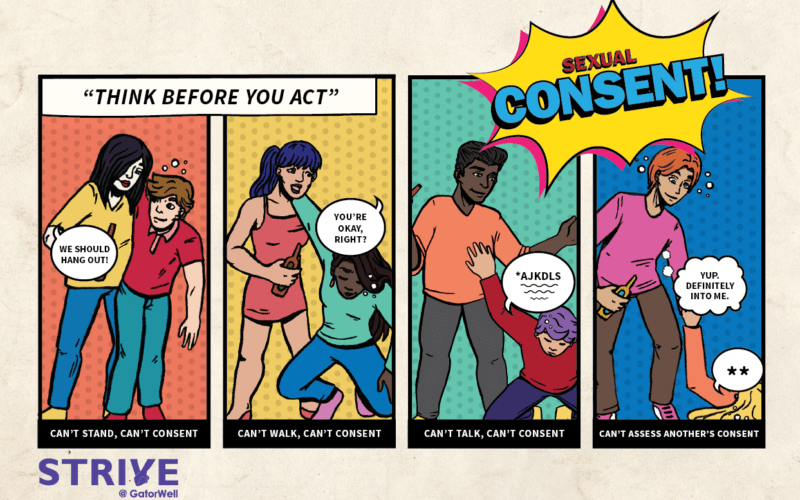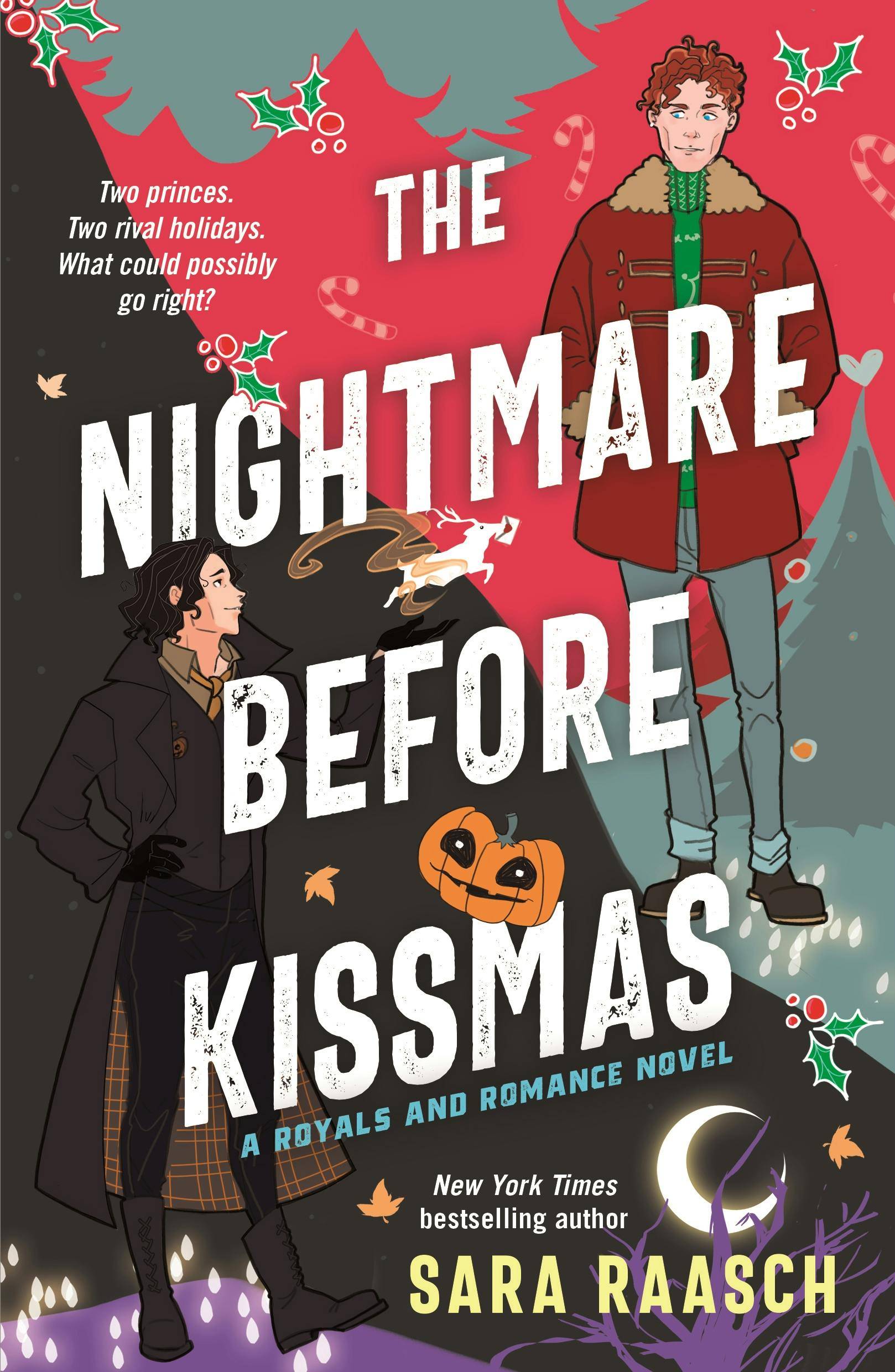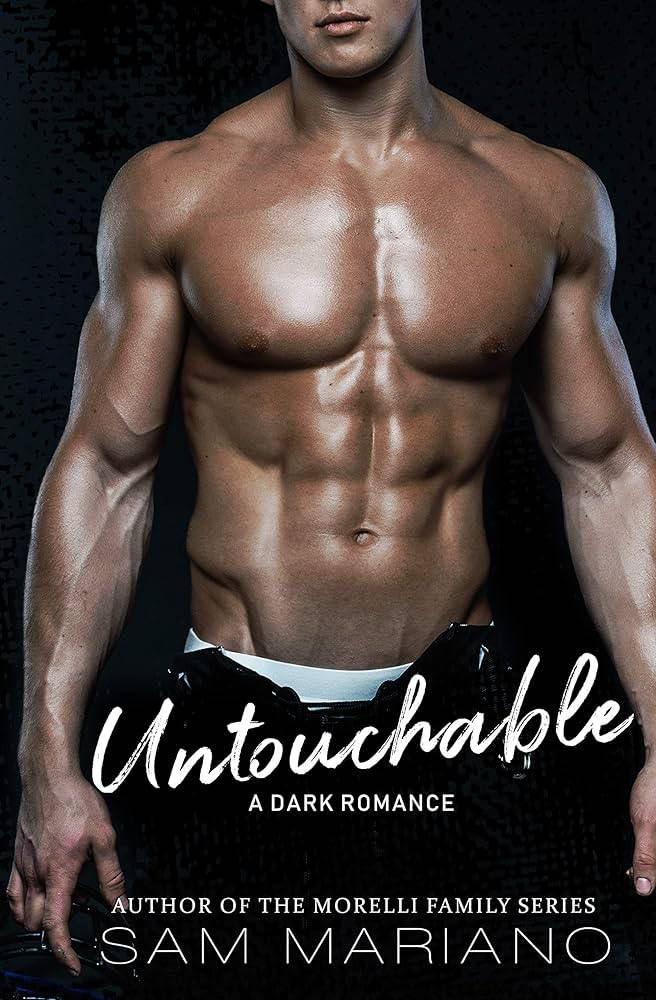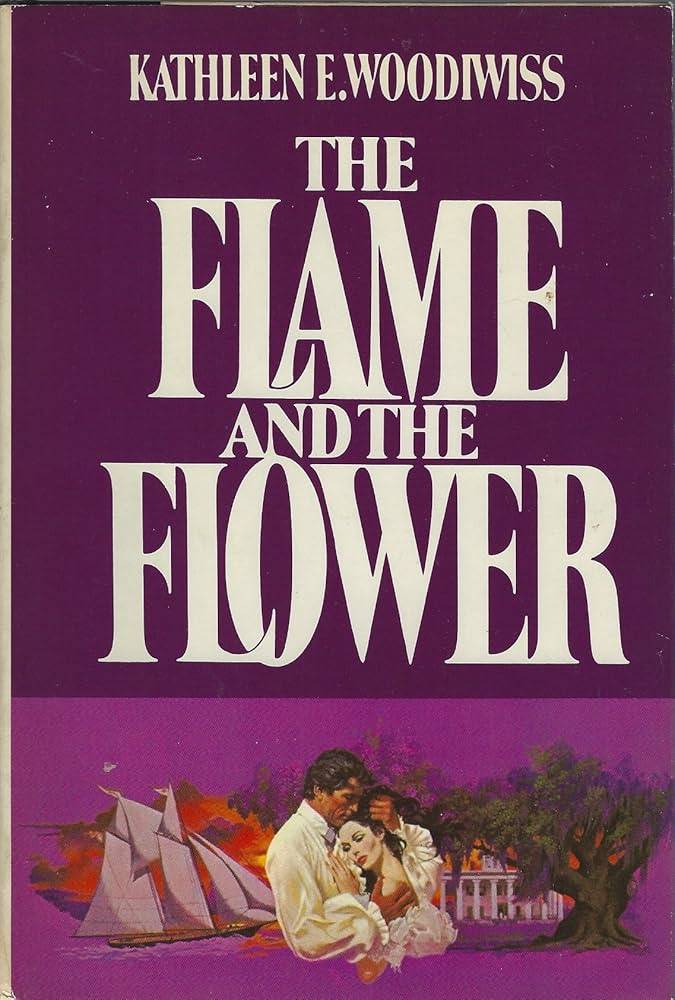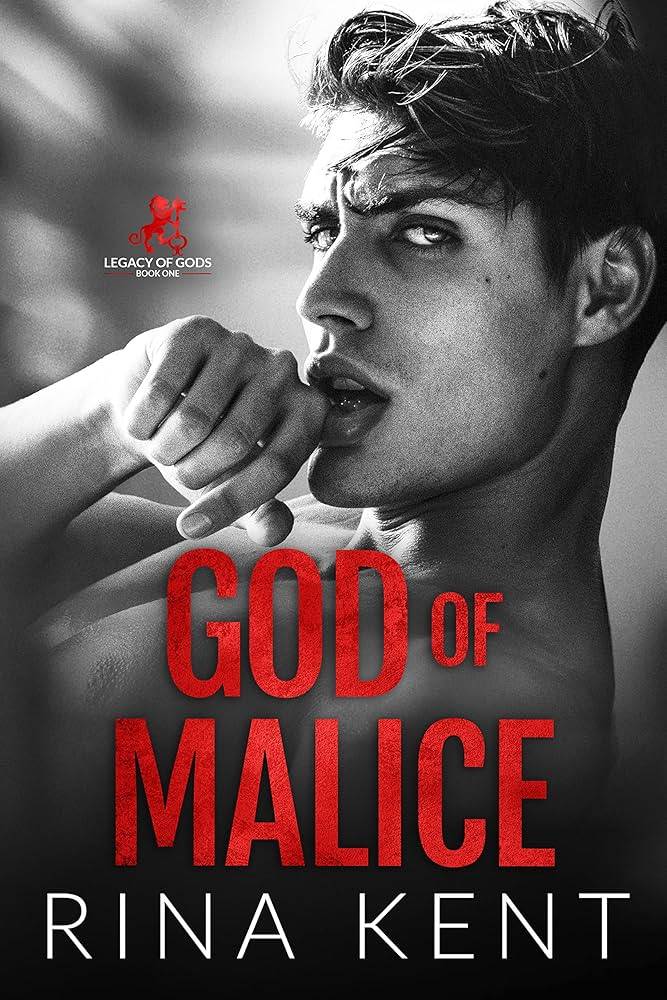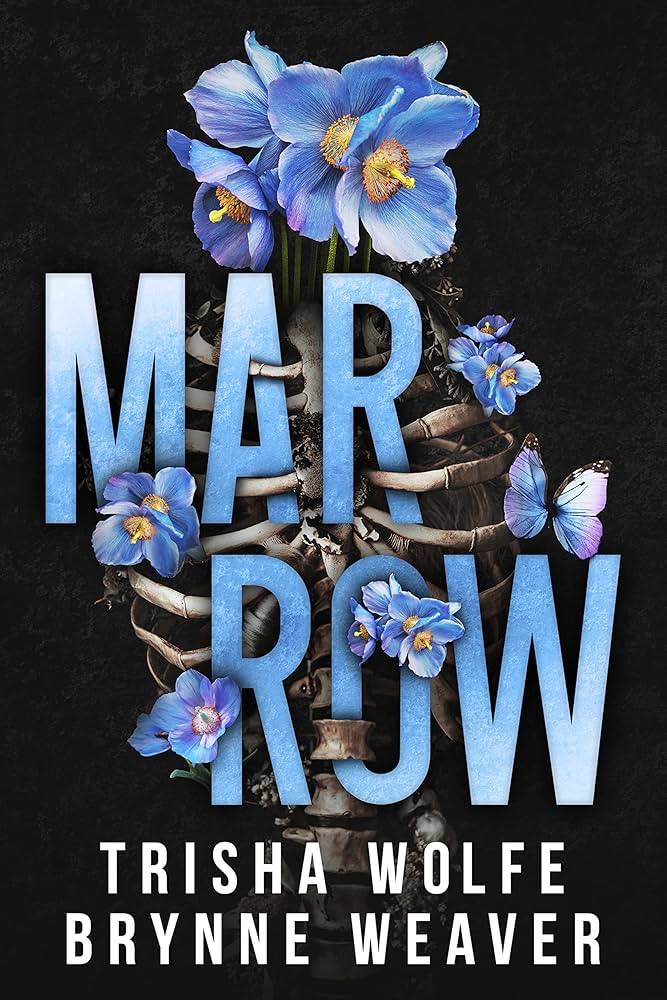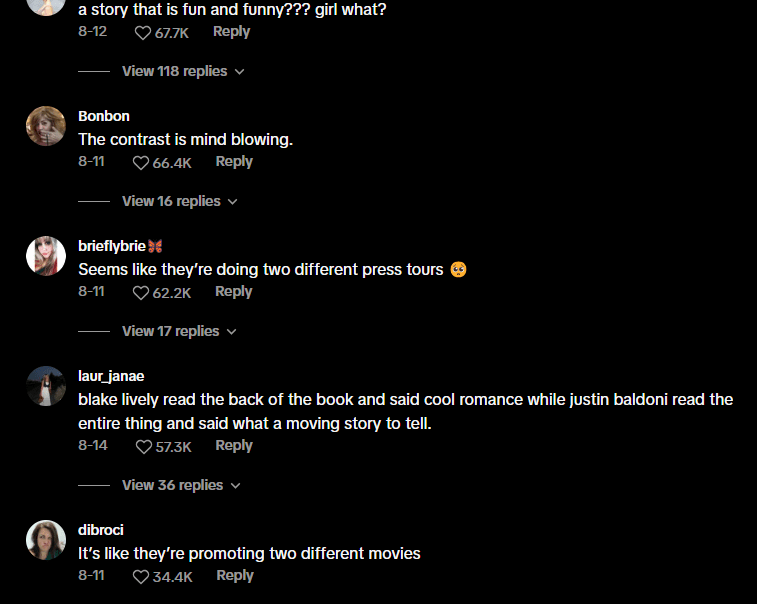It won’t be too out of the pocket to compare dark romance to Pandora’s box. You open dark romance novels and the trigger warnings come flying out of the page. However, just like hope, there’s an element that stays silently behind, waiting for you to notice it, i.e. consent.
The portrayal of consent in dark romance is a topic still debated heatedly, potentially because of how it’s woven into the fabric of reality. The genre these days explores consent in a variety of… creative ways, so to speak, while advocating its importance. Ironically, the history of consent in romance had an uncomfortable start, even though those books were loved dearly.
So, does that mean consent was not a big deal before? Or have readers, very aptly, started to emphasize consent’s presence in dark romance books, prompting this change?
What Is Consent and How Is It Portrayed in Romance?
The term consent has different connotations, but it generally refers to an agreement two individuals come to for specific situations. It can be about boundaries, personal insecurities, and of course, sexual. Obviously, it is a huge part of relationships in real life. And since romance fiction is about relationships, consent has become an essential element.
For example, Sara Raasch’s The Nightmare Before Kissmas presents holidays as dynasties competing with each other. Amidst this chaos, love blooms between the Princes of Christmas and Halloween. While this forbidden romance invites intrigue, it also welcomes murky consent and miscommunication. Thankfully, the author has portrayed sex scenes with enthusiastic consent. And, honestly, that takes their romance to another level!
Dark romance is more interested in talking about sexual consent though, where the main characters willingly agree to physical intimacy. The lack of this consent in such scenarios is sexual assault and rape (although these books use dressier words for it). And that applies to one-night stands and dating as well as to long-term relationships and marriage.
Sam Mariano’s Untouchable is an interesting example of how dark romance can explore consent in a staunchly negative light. The hero forces the heroine into many sexual activities, even after knowing she doesn’t want it and has said so. Unfortunately, her Nos go unheard even when they get into a relationship, as he forcibly takes her virginity.
History of Consent in Dark Romance
The origins of consent in dark romance can be found in historical romance, or more specifically, a sub-genre called bodice rippers. Popular from the early 70s to mid-90s, these usually featured a sexually charged romance between the alphahole hero and initially unwilling heroine. You’d recognize these books by their covers showing heroines with ripped corsets leaning against the rugged hero.
Here, when we say ‘sexually charged’, we don’t mean passionate romance. No, it translates to the woman whisked away and used by the hero against her will until they fall in love. Surprisingly, bodice rippers had happy endings. It’s because the books justified all the sexual violence on the grounds that it led to their happily ever after.
Bodice rippers came into existence in 1972 when Kathleen E. Woodiwiss published her debut novel, The Flame and the Flower. Here, the heroine, Heather, falls in love with her rapist, Brandon, after she gets pregnant and they’re forced to marry.
The romance stories before this never strayed out of the chaste boundaries. You’d generally see fade to blacks instead of explicit descriptions. But this book included graphic sexual encounters, portraying them in a violent and non-consensual light. Not to forget themes like imbalanced power dynamics, problematic gender roles, and violence.
But one has to keep in mind the social definition of consent when this book – and the following – was published. So, the readers consumed these books excitedly, rather than feeling the disgust we feel while reading bodice rippers today. In 1976, over 40 million copies were collectively sold of around 150 historical romance novels. The Flame and the Flower itself sold more than four million copies, mind you. Ultimately, one can’t deny the way this genre revolutionized the way love, relationships, and sex were explored.
The nature of consent in romance changed gradually, coinciding with the decline of bodice rippers. But now, it’s replaced by a genre called dark romance that often paints consent in controversial ways.
Types of Consent Found in Dark Romance
Dark romance often depicts consent in a nuanced form, as doing so intensifies the morally ambiguous quality of the narrative. So, apart from enthusiastic consent, you’ll find these types of consent in dark romance novels:
-
Non Consent (Non-Con):
In non-con, one character engages the other in sexual activities without their consent. While it could be synonymous with rape – many readers agree them being the same – non-con is fiction. It focuses on the emotional aspect of consent, where the character doesn’t explicitly agree but has to endure it. The background for this doesn’t exactly fit within the legal framework of rape – it is non-con in spirit.
It paints themes like aggression, power imbalance, and helplessness in a romanticized and erotic light. As a result, authors use non-con to connote scenes between main characters to make their romantic connection clear. Whereas, rape and SA are used to label sexual scenes between a protagonist and a stranger.
-
Dubious Consent (Dub-Con):
Dubious consent dwells in the grey area between willing consent and fearful non-con. Consent here is ambiguous, as the protagonist involved hasn’t made up their mind or, at least, hasn’t explicitly stated so. Of course, there is some degree of manipulation, coercion, or intoxication involved. There could also be power imbalance – like the age gap, teacher-student, Stockholm syndrome – where consent is already so questionable.
Dub-con is a fascinating way to explore how emotional enjoyment differs from physical pleasure. The protagonist’s body might even be enjoying the sex, but their mind is figuring out if they like it or not.
A prime example of this is Rina Kent’s God of Malice. The first scene itself shows the hero manipulating the heroine into giving him head because he saved her. Even when in a relationship, she tries to resist him, but his constant manipulation and violence reel her back in. Interestingly, the author spends many pages showing her turmoil, and eventual submission.
-
Consensual non-consent (CNC):
CNC is one of the many kinks found in BDSM – and now, in BDSM-focused dark romances. It is where the main characters, after thorough discussion, roleplay non-consensual sex in a controlled setting. While the sexual activity is supposed to come across as unwilling, the scenario is ultimately consensual.
CNC could be considered more triggering than the rest. It’s because giving consent to something so traumatic is difficult to read, especially for SA survivors. But books like Trisha Wolfe’s Marrow, show it as a way to explore the main characters’ relationship.
The main characters in Marrow – Kyrie and Jack – are into CNC and act out scenarios frequently. Well, it is 90% smut, so you do the math. One scene, in particular, shows Kyrie purposely sedating herself and urging Jack to have his way with her while she’s out. And that’s just one example of many.
Does Dark Romance Romanticise Lack of Consent?
On a cursory glance, it does seem like dark romance glorifies the lack of consent in sexual intimacy. And with the onslaught of violent antiheroes, it could seem that the genre makes abuse in general look romantic. While It Ends with Us is not exactly a dark romance, its movie marketing could tell a thing or two about romanticizing abuse.
However, one must remember that dark romance is rooted in fiction and fantasy. Whatever is shown in these stories is not a representation of reality. It is, instead, a way to speculate and fictionalize the psychology and emotions behind the lack of consent. The ultimate goal of doing so is adding that shock value to the narrative that provokes the reader to react strongly.
Some may think it’s a thrilling way to explore how power and vulnerability are tied together in romance. For the rest, it is a warning bell about the problematic behaviors one should never tolerate in fiction and in real life.
Final Words
The portrayal of consent in dark romance encourages you to reflect on your personal boundaries in relationships. By drawing a solid line between enthusiastic willingness and coercion, it unhealthy behavior looks in real life.
As reading dark romances that handle consent differently can be triggering, authors ensure to add trigger warnings. Those allow the readers to make an informed decision about whether they can read the book safely. This way, you can dark romance – and the exploration of consent – on your own terms, without crossing your personal boundaries.

